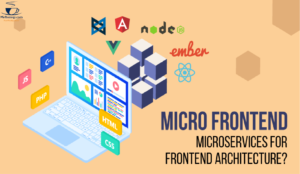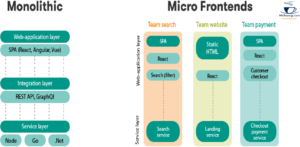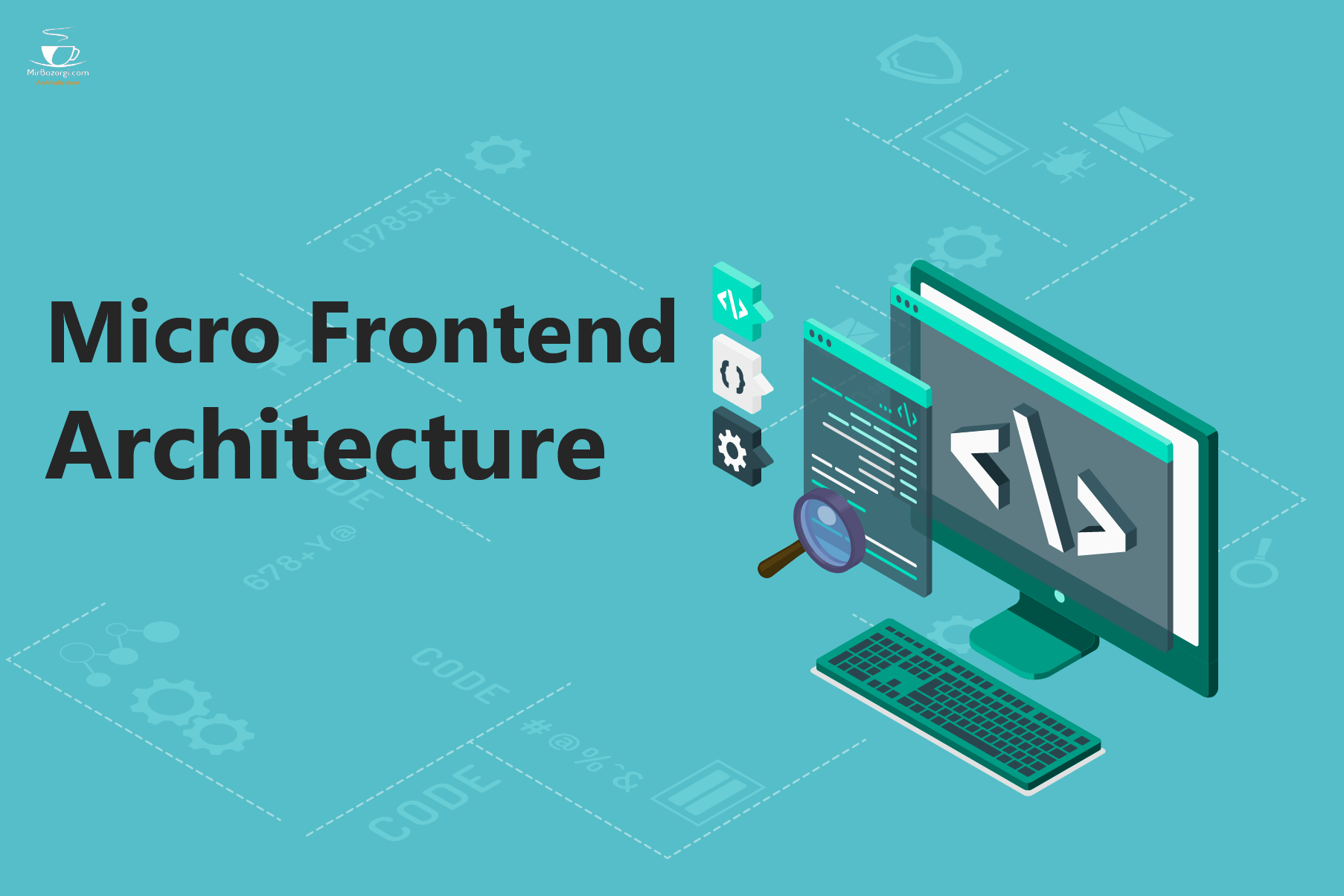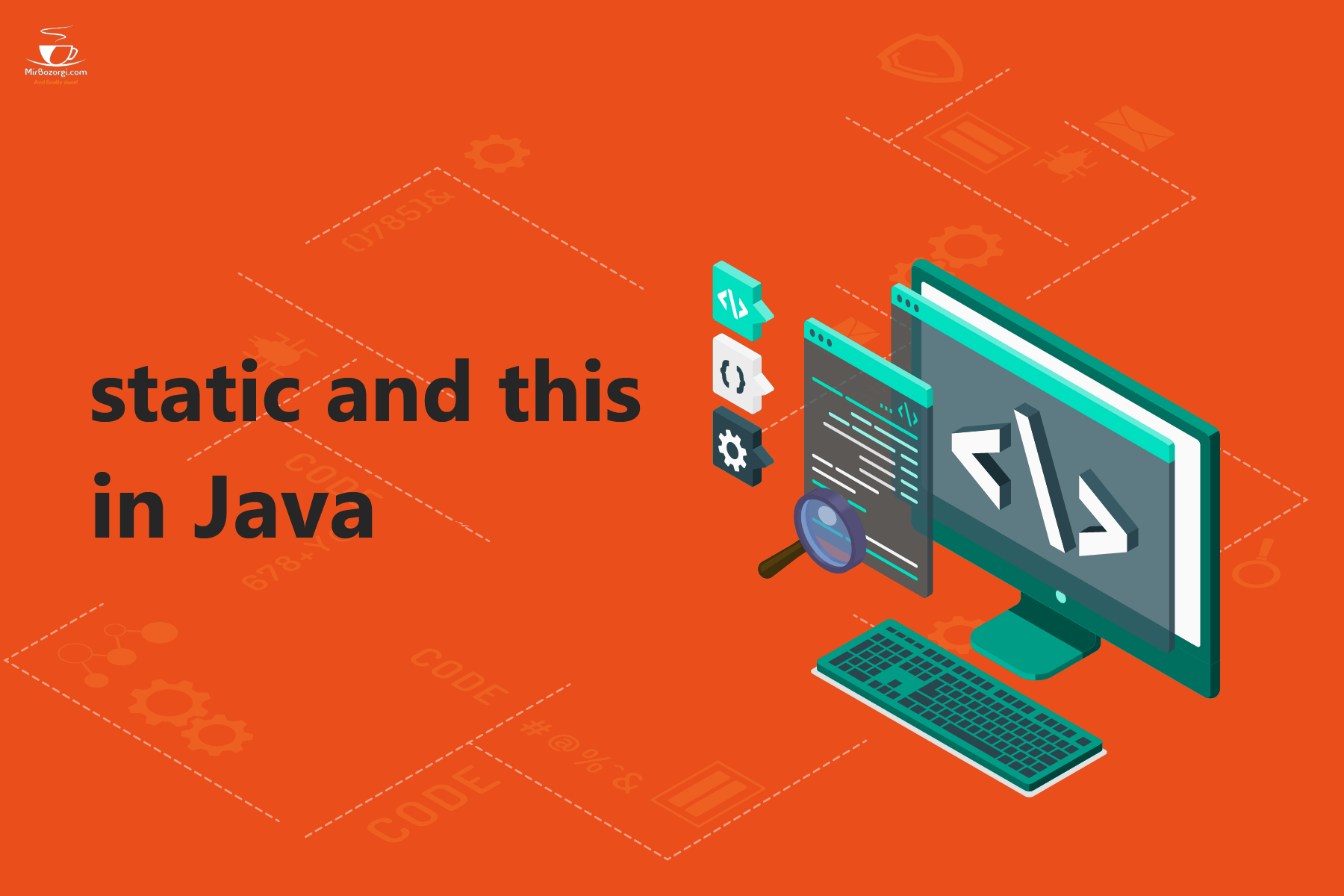What you read in this article:
Micro Frontend Architecture

Micro Frontend Architecture
I’m Arsalan Mirbozorgi,
It’s important to understand the microservices architecture before digging into Micro Frontend technology, as it is based on and called after microservices.
This information is based on government documents.
Architecturally, an application is structured as a collection of services known as microservices, also known as microservice architecture.
- A system that is simple to maintain and test
- Freely intertwined
- Deployable on one’s own
- Based on the competencies of a company
- Ownership of a small group
In a microservice architecture, huge and sophisticated applications can be delivered often and reliably.
Aside from that, we’ll get back to the “micro” portion, which is really a front-end extension of a microservices approach. Because of this, Micro Frontends offer a wide range of advantages, such as scalability, portability, and ease of testing, to name a few.
When it comes to Micro Frontends, the concept is that a web app may be viewed as a collection of features controlled by different teams. Each team needs to focus on a specific area of the company that they are passionate about. A cross-functional team creates all of its features from the database to the user interface, from start to finish.

Difference
Micro Frontends are based on the following principles:
Independent from Technology
There should be no coordination between teams when it comes to stack upgrades. In order to keep implementation details hidden from others, custom elements might be used.
Isolate the Team Code
Even if a team shares a framework, it should never share a runtime. Build a self-contained application. Don’t rely on shared state or global variables to make your decisions.
Team prefixes can be created
Isolation is not yet achievable, so use naming conventions. Namespace CSS, Local Storage, Events, and Cookies are used to avoid conflicts and clearly identify ownership of the data.
Override Custom APIs in favor of browser-based features
Browser events can be used to communicate instead of a worldwide PubSub system. A simple API is best when it comes to cross-team integration.
Create a Web design that can withstand the test of time
Even if JavaScript is unable to run, the functionalities should still be of use. Utilize universal rendering and progressive improvement to boost the user’s perception of overall performance.
We need Micro Frontends for a variety of reasons, but why? Let us investigate this further.
New web apps are increasing the importance of the front end and diminishing the importance of the back end in the modern era. In order to build a huge online application, the Monolithic method doesn’t make sense. There must be a way to divide it down into smaller components that can operate independently. With the Micro Frontend, the issue will be solved in no time.
Here are some of the main advantages:
- Increased capacity for growth.
- Faster development since teams are able to operate on their own.
- Your application can be built using numerous frameworks. However, it must be done carefully and openly to avoid any misunderstandings.
- Deployment freedom your Micro Frontend will not affect the rest of your application when it is delivered. A portion of the business process that was previously unaffected will now be altered.
- This means that with Micro Frontends, you can more easily modify or even rewrite elements of the front end.
- It’s easier to keep the rest of the app stable because it’s separate from the rest. Using Micro Frontends, you no longer have to maintain track of the entire application.
- Smaller and more manageable codebases are now the norm.
- Recruiting specialists will be made simpler. Because with Micro Frontends, you need people who know a certain tech stack to work on a specific area of an app, you don’t require people who know the technology used by other teams.
- Easy testing because you only have to test one feature at a time.
Conclusion – Micro Frontend
The utilization of Micro Frontends depends greatly on the nature of your business. The Micro Frontend architecture isn’t necessary if you have a small project and team. Micro Frontend applications can be extremely beneficial to large projects with remote teams and a significant number of requests. As a result, many huge corporations now utilize Micro Frontend architecture, and you should do the same.









